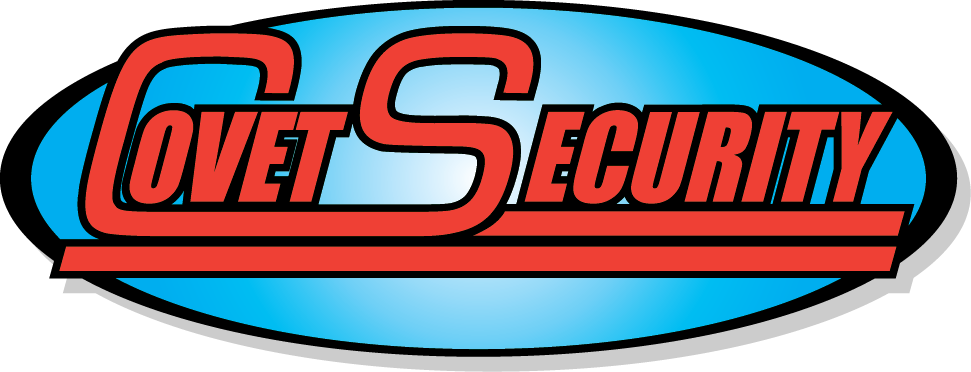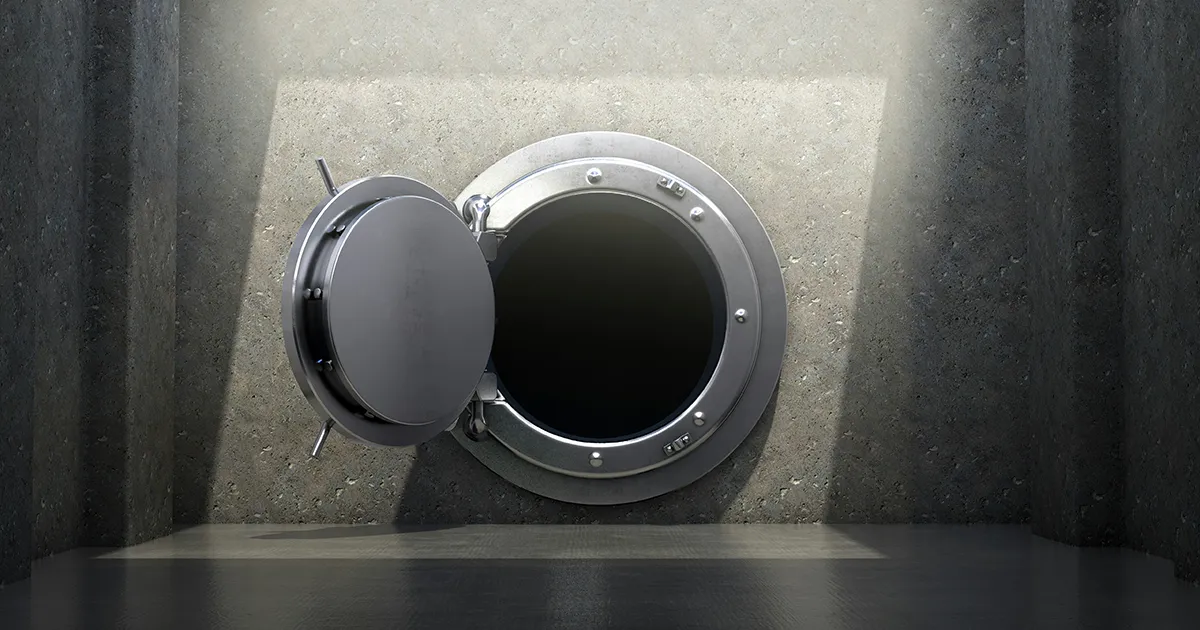Imagine this: You’re sitting at your favorite coffee shop, about to check your bank account, when suddenly… you forget your password. You try “password123” (wrong), then “mydogfido” (still wrong). Finally, after several failed attempts, you’re forced to click “Forgot Password” and go through the frustrating reset process—again.
Sound familiar? You’re not alone. While passwords are our first line of defense online, they often feel like our biggest headache. The problem? Easy-to-remember passwords are easy for hackers to guess, and overly complex ones are hard to recall.
So, how do you strike the perfect balance between security and convenience? Let’s explore why strong passwords are essential and how you can create ones that are both secure and easy to remember.
The Importance of Strong Passwords
Nearly every aspect of our digital lives—banking, shopping, email, and social media—is locked behind a password. If someone gains access, the consequences can be serious:
- Unauthorized purchases
- Stolen personal or financial information
- Identity theft
Hackers use sophisticated tools that can guess millions of password combinations in seconds. That means weak passwords—like “qwerty” or “123456”—are essentially an open invitation to cybercriminals.
Think of your password as the lock on your digital vault. Would you trust a flimsy, easy-to-pick lock to protect your most valuable assets? Of course not. A strong, unique password is the best way to keep your accounts secure.
What Makes a Strong Password?
A secure password should be:
- Long: At least 12 characters—but longer is always better.
- Complex: A mix of uppercase letters, lowercase letters, numbers, and special characters.
- Unpredictable: Avoid common words, phrases, and patterns (e.g., “abc123” or “letmein”).
- Unique: Every account should have a different password to prevent a security breach from spreading.
Now, that might sound like a lot to remember. But don’t worry—we have some simple tricks to help you create strong, yet memorable passwords.
How to Create Strong, Easy-to-Remember Passwords
1. Use a Passphrase Instead of a Password
Instead of a single word, try using a random phrase or sentence.
Example:
❌ Weak: fido1234
✅ Strong: DancingPineapple!OnMyDesk
Passphrases are easier to recall while remaining difficult for hackers to crack.
2. Turn a Sentence into a Password
Think of a sentence that’s meaningful to you, then use the first letter of each word along with numbers and symbols.
Example:
🔹 Sentence: “I drink two cups of coffee every morning!”
🔹 Password: Id2c@Cem!
This technique makes your password unique and easy for you to remember, but nearly impossible for hackers to guess.
3. Use Deliberate Misspellings
Hackers often use dictionary attacks, which means common words can be guessed easily. One way to counter this is by using misspellings and substitutions.
Examples:
❌ Weak: sunflower → ✅ Strong: $unfL0wer!
❌ Weak: happybirthday → ✅ Strong: H@ppyB1rthd@y2024
4. Create a Keyboard Pattern
Instead of typing a random string of characters, you can follow a pattern on your keyboard.
Example:
If you move diagonally across your keyboard, you might create something like:
🔹 Qaz@3edc$5rfv&
Just be sure to avoid simple sequences like “asdfgh” or “123456,” which are still easy to guess.
5. Use a Meaningful Date + Complexity
While using your birthday alone isn’t secure, combining it with other unique elements can help.
Example:
❌ Weak: 1979
✅ Strong: DiscoKing1979! or BikeRider1979%
How to Store & Manage Passwords
With so many passwords to keep track of, how do you remember them all?
✅ Use a Password Manager
Password managers store all your passwords securely, so you only need to remember one master password. Many also generate strong, random passwords for you.
🔹 Popular password managers: 1Password, LastPass, Bitwarden
✅ Securely Write Down Passwords (If Necessary)
If you prefer writing them down, store them in a locked drawer or safe—never on sticky notes near your computer.
✅ Use Browser Password Managers (With Caution)
Most modern browsers can save your passwords. While this is convenient, it’s only safe if your device is properly secured with a strong system password and two-factor authentication (2FA).
How Often Should You Update Passwords?
Even strong passwords should be changed regularly, especially for sensitive accounts like banking or email.
Recommended: Update passwords every 6-12 months to stay ahead of potential breaches.
Why Common Passwords Are a Major Risk
Still using something simple like “password” or “123456”? You’re not alone—millions of people do. Unfortunately, these are the first passwords hackers try.
Here are some of the most commonly hacked passwords:
❌ 123456
❌ password
❌ qwerty
❌ letmein
❌ admin
If you’re using anything on this list, change it immediately!
The Future of Passwords: 2FA & Biometric Security
As cyber threats grow, many platforms now offer two-factor authentication (2FA)—which requires you to verify your identity through a second device.
Better Security Options:
- Fingerprint or facial recognition
- One-time codes sent via text or email
- Authenticator apps (Google Authenticator, Authy)
These extra layers of security significantly reduce the risk of account breaches.
Final Thoughts: Upgrade Your Digital Security Today
Strong passwords aren’t just good practice—they’re necessary for protecting your digital life. By following these tips, you can create passwords that are both secure and easy to remember.
Next Steps:
✅ Review your current passwords—are they strong enough?
✅ Use a password manager to simplify your life.
✅ Enable two-factor authentication whenever possible.
Your online security is in your hands—so take the time to create strong, unique passwords today. Because “password123” just isn’t going to cut it anymore.

